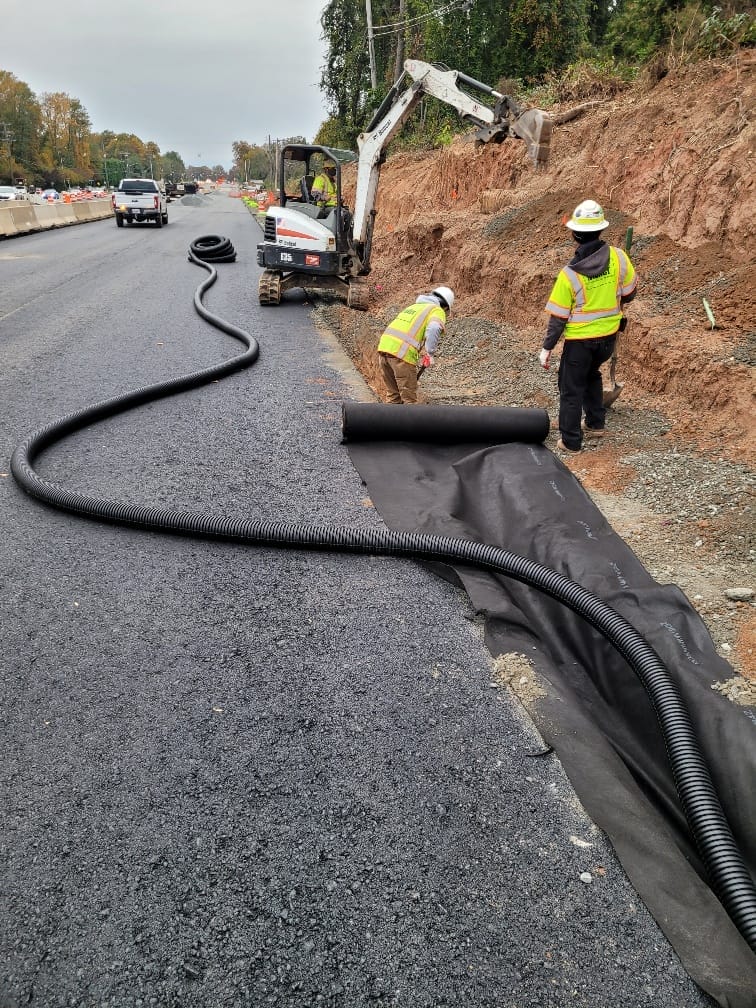Wet tapping, as you might know, if you have had many conversations with utility experts, is a specialized technique that is experiencing growing popularity in the trade. As cities expand, and see a growing demand for uninterrupted water supply, the utilities sector is in a place where innovation is increasingly essential. Wet tapping is one of the innovations that is offering hope, as it allows for continuous service even when maintenance is taking place. Below, we’ll give you a rundown on wet tapping and explain a little about the process, its benefits, and the ways in which it can be done.
Understanding wet tapping
Wet tapping is also known as either hot tapping or pressure tapping, and is a method that allows for a new connection to be made to an existing, pressurized pipeline. Normally, to do this would mean that the main system would need to be shut off, but in wet tapping the main pipeline can remain pressurized and minimize disruption. If you want an analogy, imagine you’re in traffic on a busy highway, and suddenly another exit opens up. That exit can become active immediately, and so too can an added connection to a pressurized pipeline.
Adding this new connection by conventional methods usually causes lengthy interruptions and a lot of post-operative work that can be expensive, disruptive, and of debatable benefit.
Why use wet tapping?
Wet tapping is particularly popular because it offers the Holy Grail of a complete absence of service interruption. Imagine yourself as the manager of a hospital that needs additional water service but – naturally – can’t afford to have a disruption to its water supply. It’s fair to say wet tapping is essential for this purpose.
Safety and compliance is another area in which wet tapping offers demonstrable benefits. With traditional tapping methods, a shutdown in service is followed by the need for water contamination testing on restoration. With wet tapping, the possibility of contamination is eliminated and the water remains uncontaminated, not even needing to be tested before the site is departed.
Finally, while wet tapping is more expensive than conventional methods in terms of the specific work that is being done, it is cost-effective on an ongoing basis. There is no need for clean-up work or testing, as noted above, and there is typically an absence of customer complaints which means a lower cost in terms of money and time moving forward.
Methods of wet tapping
Wet tapping is more a cover-all term for a few different methods than a single way of doing things. There are three primary methods of wet tapping, each of which is the recommended way to do things in a specific situation. The most straightforward method of the three is Direct Tapping, which involves threads being tapped directly into the pipe wall. It can be done when creating new lines (dry tapping) or in a wet-tapping situation.
Saddle Tapping is the next method, which involves wrapping a metal saddle around the tap and a stop screwed into the said saddle. This method is non-invasive and preserves the pipe to its full integrity. It’s also a versatile method that can be used on underground or overground pipes and is also commonly used in gas plumbing for the same purposes as in water supply.
Its use instead of direct tapping will usually come as a result of complications such as the material used in the main pipe or when the tap is larger than the main pipe.
Finally, where a more robust connection is needed, experts consider the Tapping Sleeve to be the way to go. It offers added stability in general and, when the branch size is considered to be in excess of direct tapping limits, will provide a more secure connection.
Looking for a Wet Tapping Company?
As the utility sector is faced with the need to do more in smaller spaces, wet tapping is an essential approach that solves a number of problems. With its additional versatility, wet tapping is set to make an unimaginable difference to the way water supplies are run. For those in the utility sector, wet tapping may not be a magic wand solving all the problems involved with water supply, but it will make a significant impact at a time when it could not be more welcome. If you want to know more about how to integrate wet tapping into your utility management, then please feel free to reach out to our experts at 703-560-4040 or contact us on our website for a consultation and learn how your operations could benefit.

